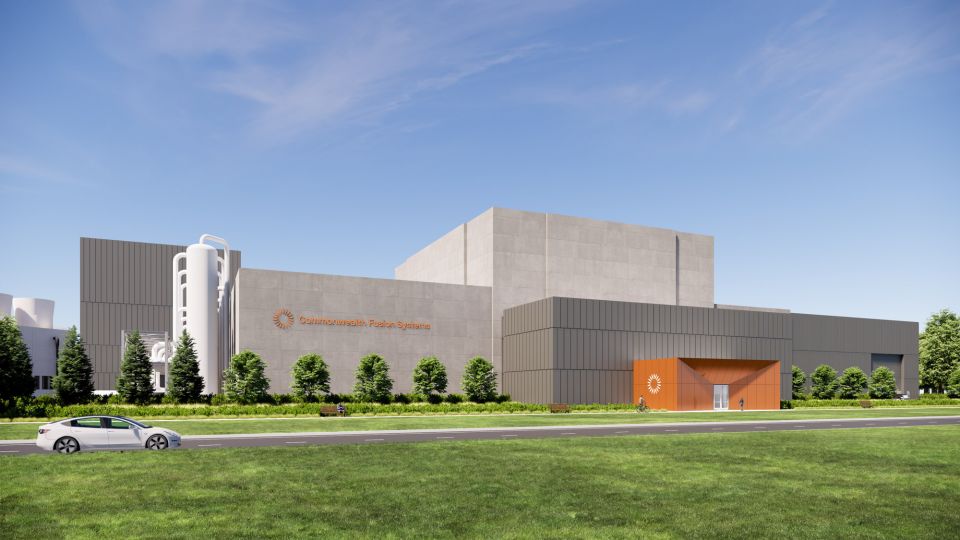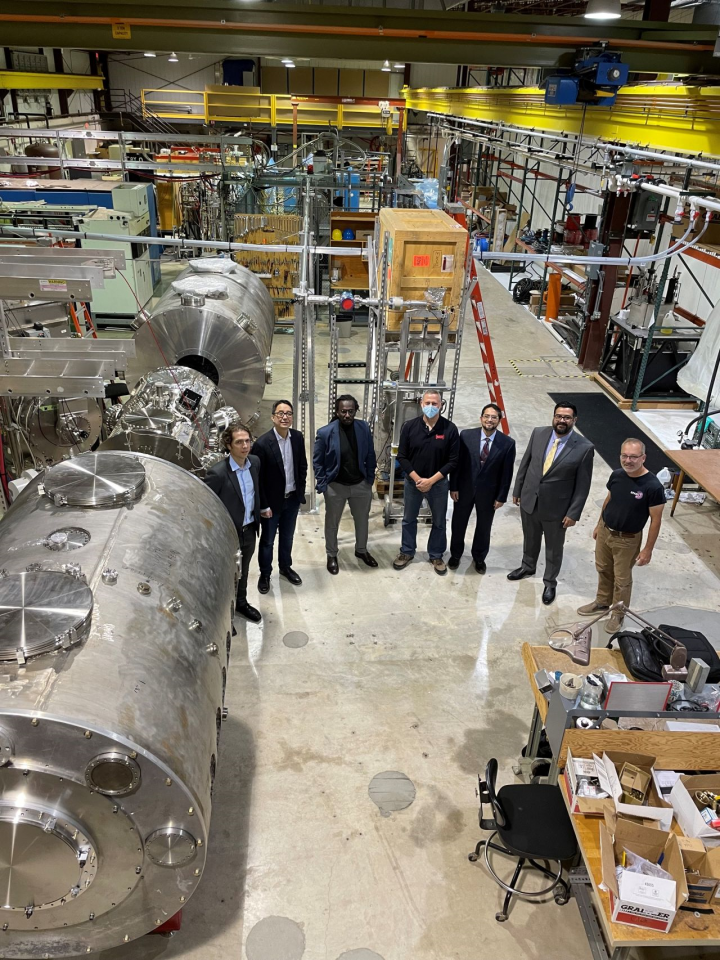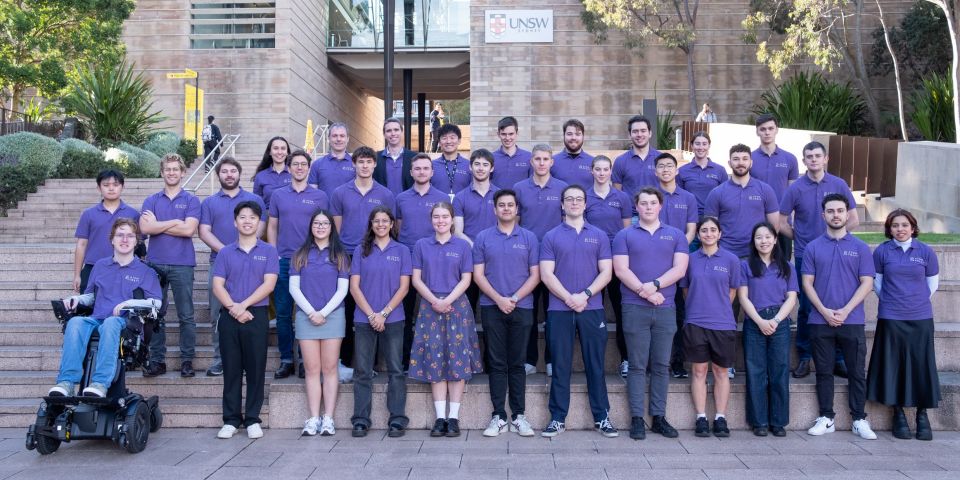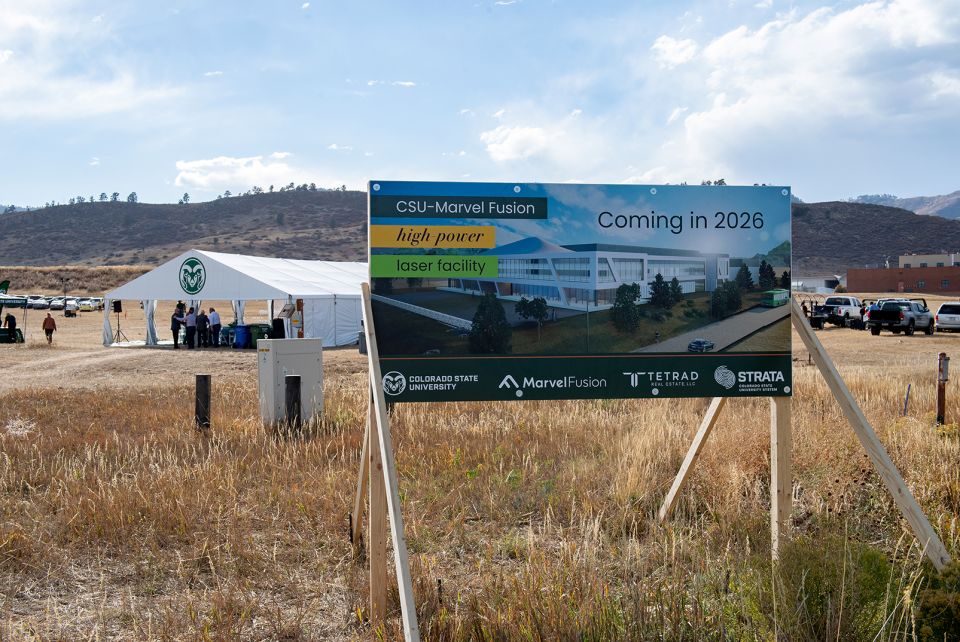FIRE: The DOE’s new plan for “building bridges” to fusion energy
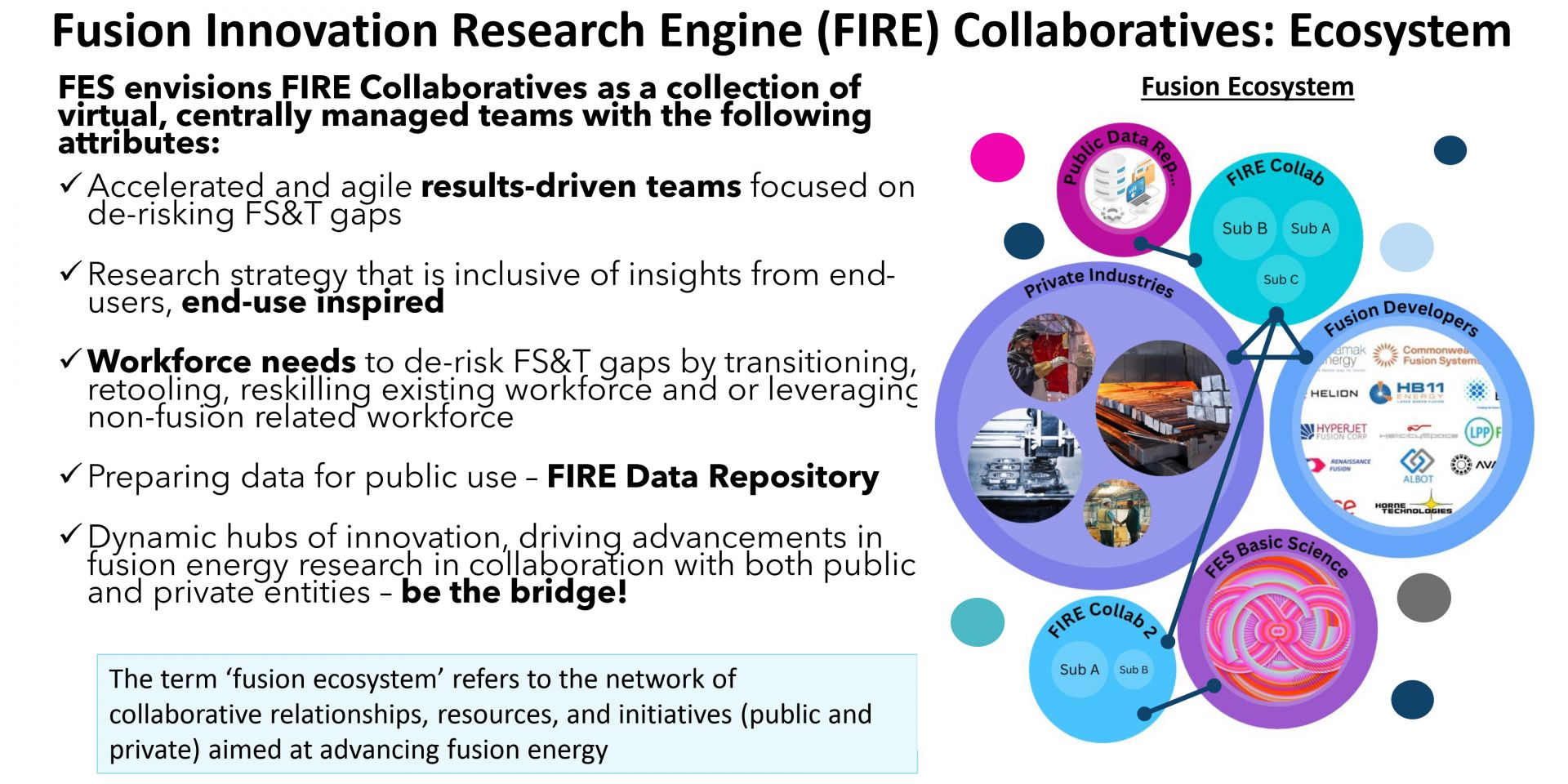
The Department of Energy’s Office of Fusion Energy Sciences (FES) wants Fusion Innovation Research Engine (FIRE) collaboratives to be a bridge between FES’s basic science research programs and the growing fusion industry. A funding opportunity announcement released May 22 explains that FIRE will be a “transformative initiative aimed at creating a fusion innovation ecosystem” with virtual, centrally managed collaboratives working on “end-use inspired” fusion science and technology R&D.
On May 23, FES staff gave a presentation and took questions about the program during a webinar that also introduced a separate FOA specific to DOE national laboratories on microelectronics for fusion environments. “This is a moment that we've been waiting for a good while, and I'm just very happy that we're able to introduce to everybody the FIRE collaboratives that we've been talking about now for the past few months,” said J.P. Allain, FES director, as he led off the webinar.
FES plans to invest $180 million in FIRE over four years, with annual awards of between $2 million and $5 million for each collaborative; the number of awards will depend on applications received. Each collaborative would have one lead organization as prime recipient, and subrecipients. U.S. entities including private companies, labs, and universities are eligible to lead FIRE collaboratives, and preapplications are due July 9. See the FOA for more information.
How FIRE fits in: The Energy Act of 2020 expanded the scientific mission of FES to include “supporting the development of a competitive fusion power industry in the U.S.” FES crafted a long-range plan focused on identifying goals and scientific and technology gaps. Now, FES is working on a “road map” that will describe how FES can help meet those goals.
Guinevere Shaw, an FES program manager, explained in the webinar that “transitioning from the long-range plan to the Fusion Innovation Research Engine collaborative is first looking at the three fusion science and technology drivers: sustaining plasma, engineering for extreme conditions, and harnessing fusion energy. . . . As we break down these three specific fusion science and technology drivers, we have identified the four areas which crosscut across the fusion materials and technology R&D: fusion materials, fusion blanket and fuel cycle systems, fusion enabling technologies, and advanced simulations for design and optimization.”
FIRE collaboratives must “focus on one or more” of those four areas—called “fusion energy ecosystems” in the FOA—and “aim to deliver concept-agnostic capabilities to the FES program.”
“As part of being a FIRE collaborative, you are the bridge,” Shaw said. “You must bridge between what our current research programs are doing and our basic science programs and . . . between the FIRE collaboratives and industry and FIRE collaboratives and the fusion developers.”
That includes work planned under FES’s Milestone-Based Fusion Development Program, for which eight recipients were announced about one year ago. During the webinar, a participant asked about the “timelines and metrics” planned for the FIRE collaboratives, saying, “The milestone program has spent considerable time and effort between DOE and companies to negotiate milestones; should we expect a similar process to define milestones?”
In response, Colleen Nehl, an FES program manager for public-private partnerships, said, “We have a different award mechanism that we’re looking at for the FIRE collaboratives. I think, though, we will expect it to be a somewhat iterative process.” She added, “We want to be able to take proposals where the scope is very good and work together to make it better.”
End-use inspired: “At its core, FIRE represents a departure from traditional science programs,” according to the FOA, which describes the collaboratives as “accelerated, results-driven research projects utilizing real-time results to inform research direction, allowing for agile adjustments, and potentially discontinuing projects if deemed necessary based on outcomes or a pivot in priorities.”
Whether or not end users, including private fusion developers, participate directly in a collaborative as a prime recipient or subrecipient, FES expects their needs to help shape FIRE research. Unlike traditional FES programs, “FIRE collaboratives prioritize end-use inspired research, where the research strategy is inclusive of insights from end users, such as fusion energy system developers,” according to the FOA. “These end users possess valuable knowledge of supply chain impacts and other externalities that directly influence the design and operation of fusion energy systems. By informing FIRE collaboratives of these impacts, the teams can develop more informed research strategies, resulting in use-inspired research. This approach ensures that the research outcomes are not only scientifically rigorous but also directly relevant and impactful to end users.”
Critically, the program “does not support an applicant’s commercial activity,” according to the FOA. Instead, it “seeks to support precompetitive R&D that is end-use inspired rather than to address near-term commercial opportunities.”
Data sharing: Data from that precompetitive R&D would feed a FIRE Data Repository, where these data would be available to other researchers and end users.
“What we've seen come out of our workshop reports and our conferences is that there is a significant lack of actual, accessible data in our community,” said Shaw. “This is one step forward in that if there is potential to where we can actually use this repository to do something else, great. That is the whole purpose of proposing this as part of a FIRE collaborative. . . . Again, we are trying to ensure building bridges between our communities, having open accessible data available to our public and beyond.”
According to the FIRE FOA, the repository “would exist and collaborate with all collaboratives and serve as the repository for all the data produced by the awards. This project would focus on developing data governance; data base standards; meta data standards; [and] a virtual space for hosting, building, and testing various materials, components, and systems that require data and validation to enable fusion energy.”
The intellectual property (IP) management procedures for any entity “would depend on the structure of the team,” said Nehl in response to a question about whether private companies would be required to sign a cooperative research and development agreement (CRADA) or another IP agreement. “The bottom line is we want the teams to have structures in place such that their IP is appropriately managed, and there are no disagreements down the road.”


